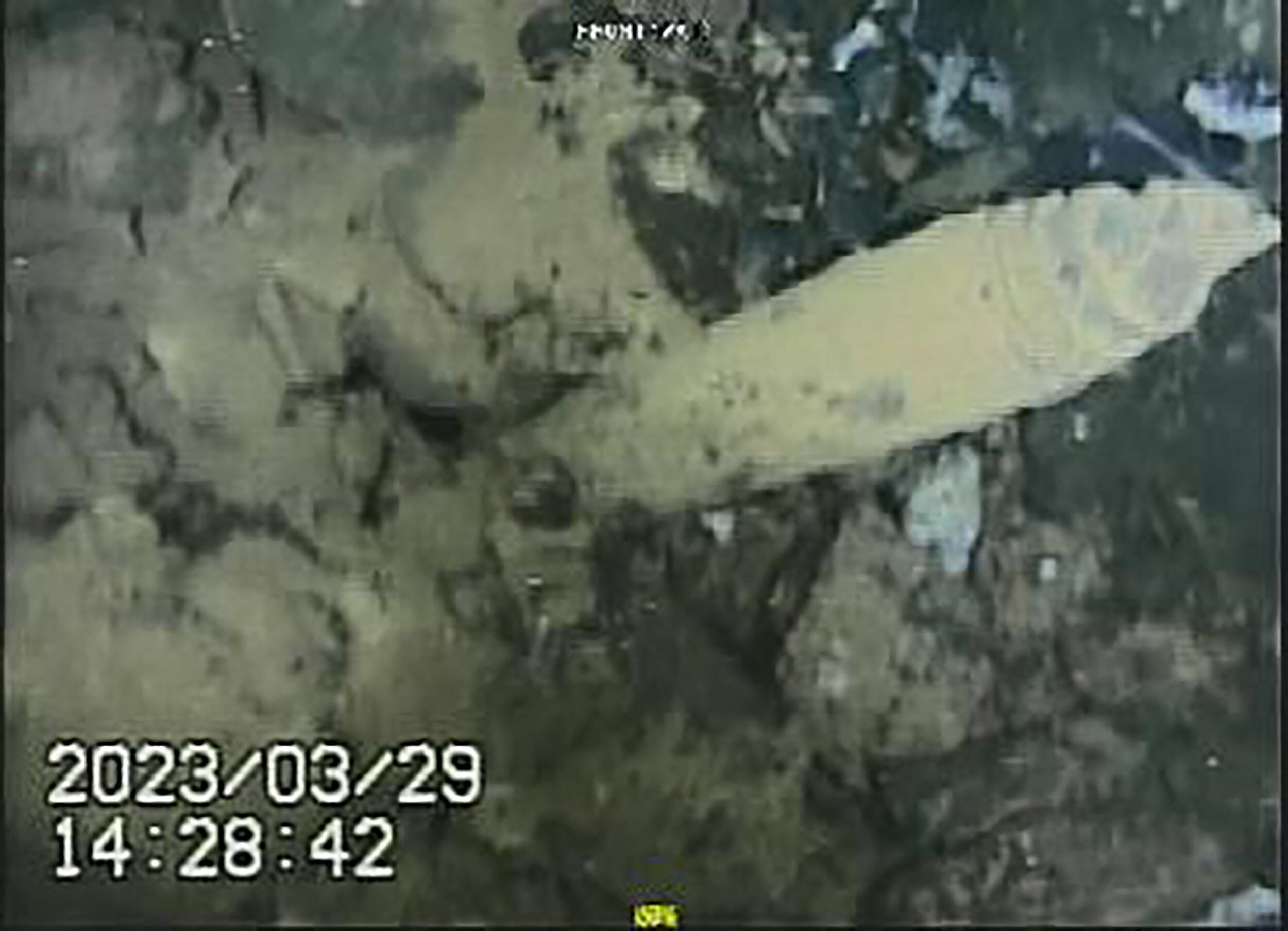
Fresh images from inside a crippled reactor at Japan’s Fukushima nuclear plant revealed heavy damage to its foundation and significant debris, its operator said.
Tokyo Electric Power (TEPCO) on Tuesday released a series of video clips from a robotic survey inside Fukushima Daiichi plant’s Reactor 1, one of three that suffered core meltdowns in 2011.
“There were areas that we could not see. But we believe (damage) is spread across large areas,” a TEPCO official told a briefing.
Damages
The video showed damaged concrete walls exposing steel rods embedded inside, with debris piled roughly 50 centimetres (20 inches) high.
The video illustrated the daunting task ahead to decommission the plant after it was hit by a huge tsunami triggered by a 9.0-magnitude earthquake.
ALSO READ: Fukushima woos tourists after nuclear disaster
TEPCO and the government expect to spend 30 to 40 years removing molten fuel from the facility and cleaning the area.
Similar video surveys have been conducted in the two other reactors that went into meltdown.
The new video comes as local residents voice worries about the safety of the precarious structure in an earthquake-prone region.
Fukushima reactor: high radiation levels
Fukushima governor Masao Uchibori pressed TEPCO to conduct an earthquake resistance evaluation for the facility to ensure the safety of the project to dismantle the plant.
ALSO READ: Dozens injured in 7.3-magnitude earthquake off Japan’s Fukushima
“Because of the high radiation levels inside the reactors, I understand that robots that use semiconductors do not function as well as they are designed,” he told his regular press conference on Monday.
“The biggest and most difficult task is the removal of the debris (molten fuel). We demand TEPCO and the government carry out the decommissioning project safely and steadily.”
ALSO READ: Japan’s 2011 Fukushima, tsunami, nuclear disaster by the numbers
TEPCO has said it will conduct a seismic resistance survey in a few months, but previous surveys have indicated that the facility remains relatively stable.